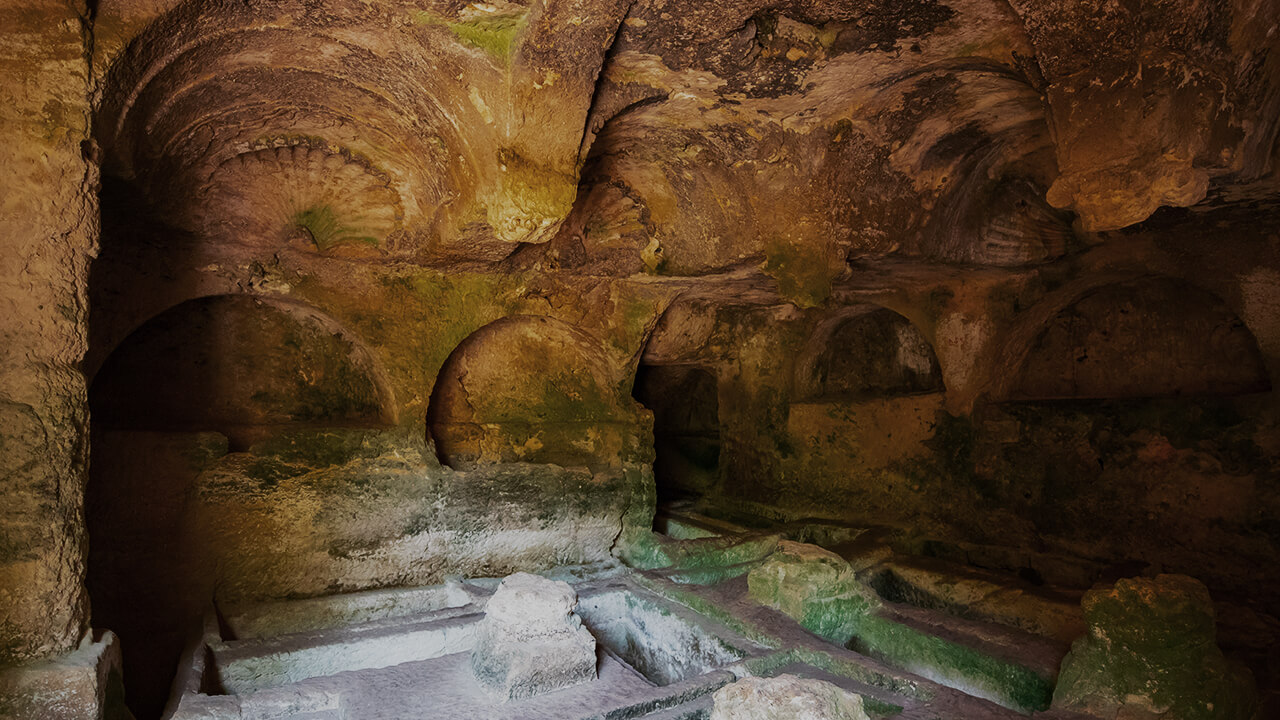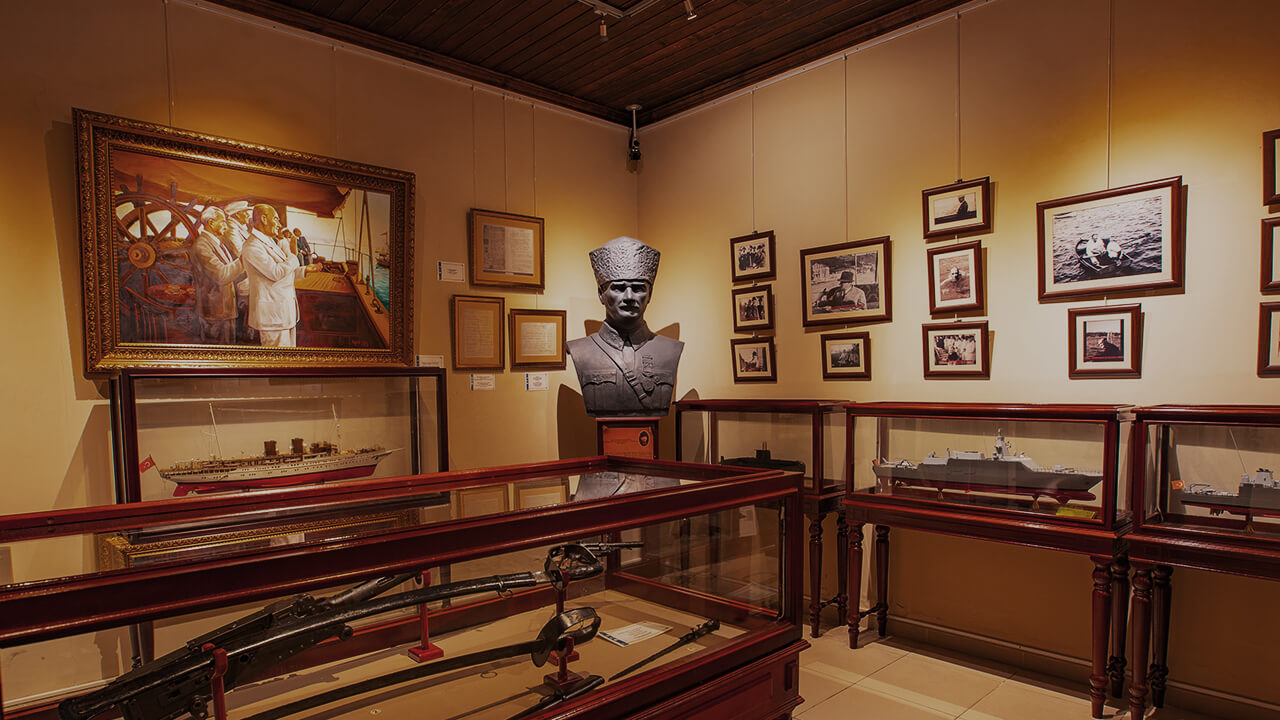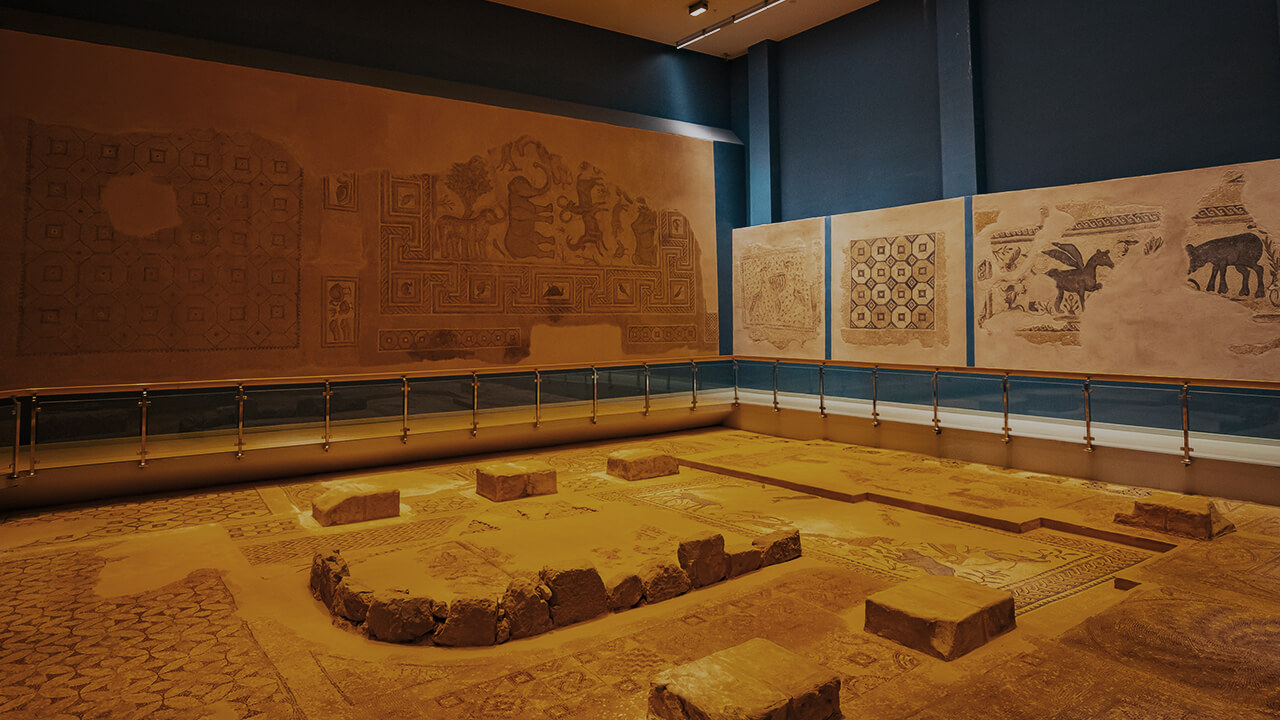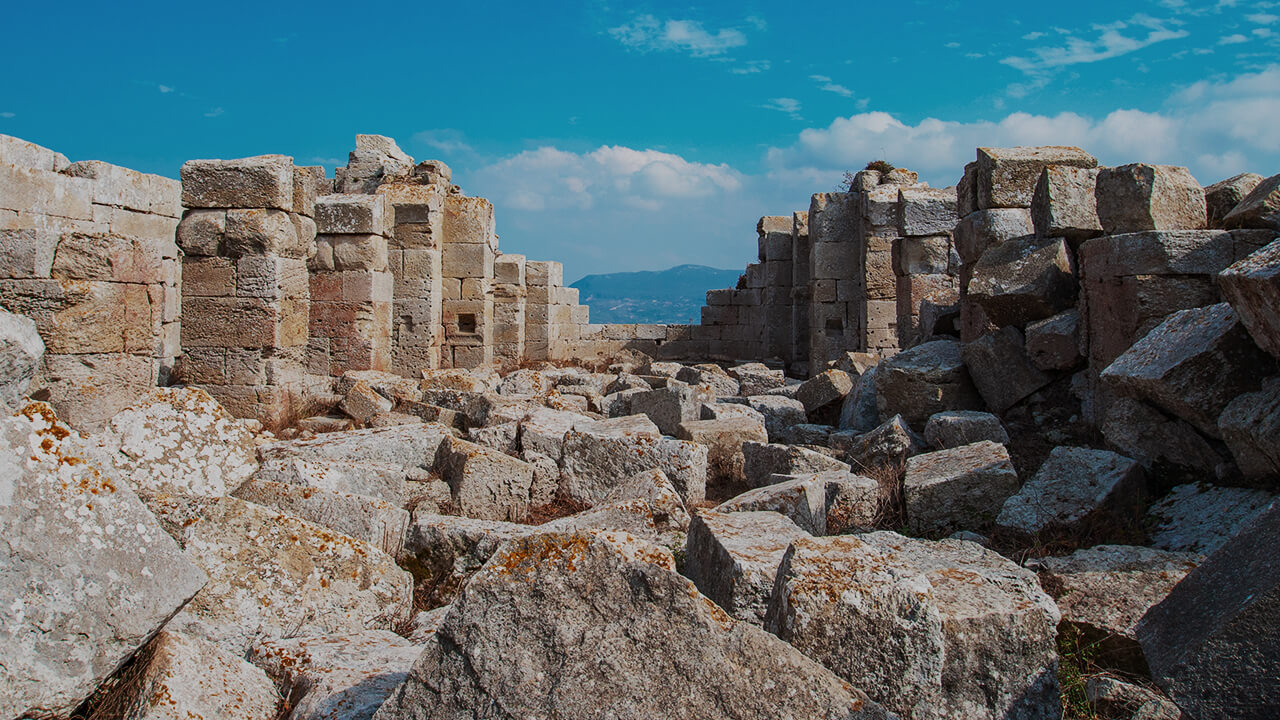
16.12.2022
5 Dakika
Hatay, one of the most important historical settlements of Türkiye, is a city where many civilizations met and which, with its cosmopolitan structure, still preserves the richness of its past. It can be said that this diversity is reflected in the atmosphere of Hatay, where different cultures and beliefs coexist. Note that the city, which has many historical ruins worth seeing, from the ruins of the Hittite palaces built 4000 years ago to the cave churches that testify to the birth of Christianity, also has gastronomic values that have been frequently mentioned in recent years. Let us take a look at the places that you must visit during your trip and where you can taste the delicacies of Hatay's rich cuisine.

The Çevlik Archaeological Site, which was called Seleucia Pieria in Hellenistic times and is located near Samandağ, contains the remains of one of the centers built during the dynasty of Seleucus Nicator, one of the most important commanders of the Macedonian Empire. In the Çevlik Archaeological Site, an area where history and natural beauty are interwoven, there is also the Titus Tunnel, which is hard to believe was built by man 2000 years ago. The tunnel, carved completely into the mountain to protect the city from floods by diverting the floods that could reach the city, is a structure worth seeing. The rock tombs, popularly called Beşikli Cave, are also among the ruins of the archaeological site worth seeing.

The museum is located in Iskenderun and is a must for those who are particularly interested in the history of seafaring and the objects used by seafarers in history. In İskenderun Naval Museum, there are halls dedicated to important Turkish seafarers such as Barbaros Hayrettin Pasha, Algerian Gazi Hasan Pasha and Rauf Orbay. There is also a hall dedicated to the Savarona, the yacht of Mustafa Kemal Atatürk, the founder of the Turkish Republic.

Hatay Archaeology Museum, which is one of the most important museums in the world with its mosaics, also has a very large coin collection with a total area of over 3250 square meters. The museum, which exhibits the remains of the excavations around Hatay, also houses artifacts such as the Sarcophagus of Antakya, which stands out for its artistic value and excellent workmanship. One of the most important works in the museum is the colossal statue of the Hittite king Suppiluliuma. With its impressive visual style, dimensions and Luwian inscription on the back, the statue is truly a historical monument worth seeing.
It can be said that the structure, founded by St. Pierre, one of the 12 apostles of Jesus Christ, who played an important role in the spread of Christianity in early times, is the first cave church in the world. It is also known that it was here that those who believed in the teachings of Jesus Christ first called themselves "Christians" Although now known as the St. Pierre Memorial Museum, the church, which holds a special place for Christianity and where the Catholic sect holds a special ceremony every year on June 29, is a structure worth seeing with its architectural features and the mosaics on the floor.

St. Simon Monastery, believed to have been the retreat of the monk St. Simon, who devoted himself to Christianity, and located in a mountainous region, was built in the 6th century AD. The building, also known as the place where St. Simon, who is said to have cured diseases during his lifetime, spent 40 years on a column, has been visited by people throughout its history. The complex includes 3 churches, a baptistery and the column of St. Simon, which is partially carved into the rock. The monastery, which is an important place for the Christian world, is one of the must-see historical sites in Hatay.